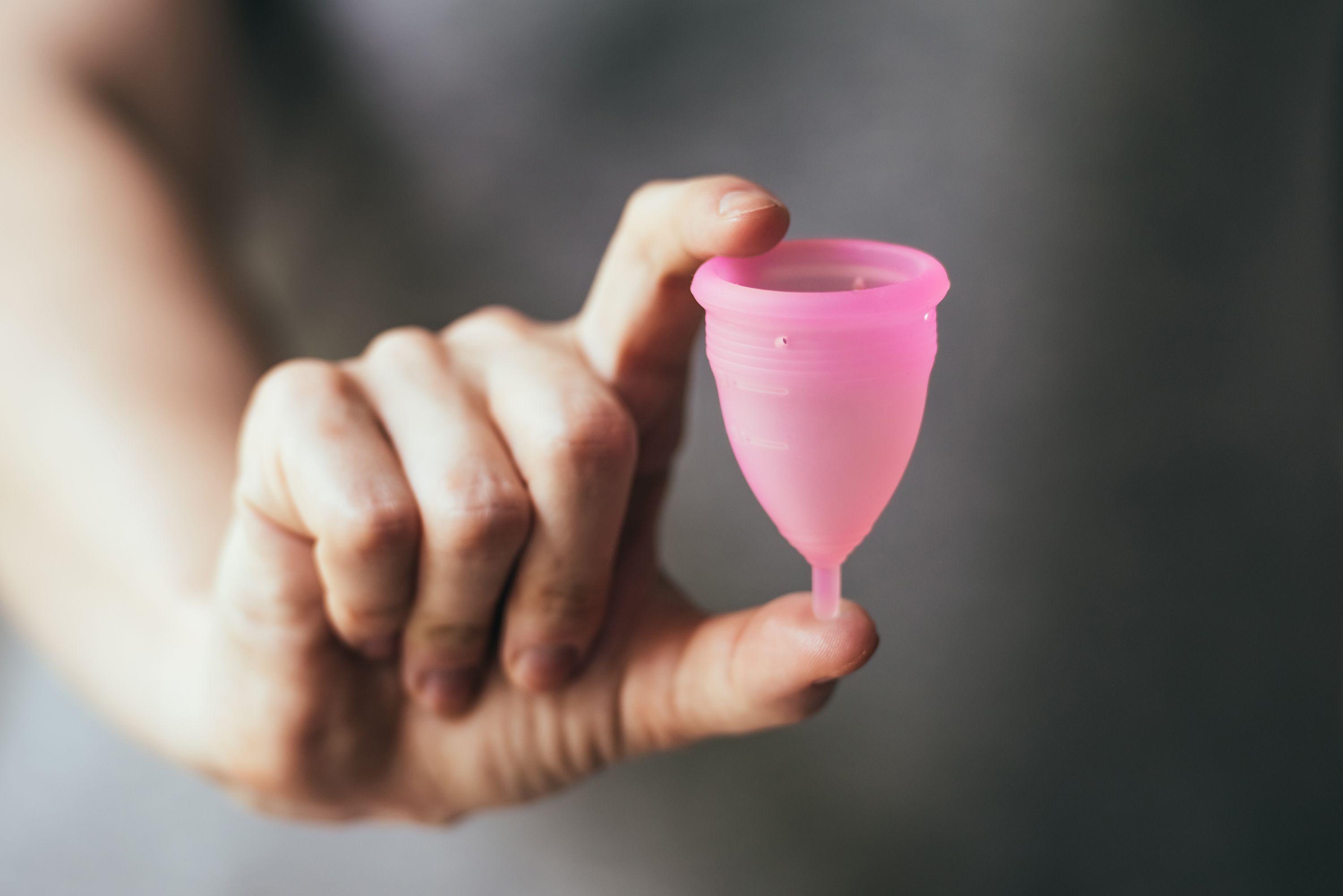Menstrual cups: Why so little studied?
Menstrual cups are used around the world but quality studies on them are lacking, according to results of a new systematic review and meta-analysis.
©Gregory Lee - stock.adobe.com

Menstrual cups are used around the world but quality studies on them are lacking, according to results of a new systematic review and meta-analysis. Published in The Lancet, the report underscores the need for more research on the cost-effectiveness and environmental effect of the cups versus other menstrual products.
For the research, a mutinational group of authors searched PubMed, Cochrane Library, Web of Science, Popline, Cinahl, Global Health database, Emerald, Google Scholar, Science.gov and WorldWideSicience from inception to May 14, 2019. The goal was to identify quantitative or qualitative studies published in English on experience and leakage associated with menstrual cups and adverse event reports. The authors also examined events related to menstrual cups using data from the US Food and Drug Administration’s Manufacturer and User Facility Device Experience database.
Menstrual blood leakage was the main outcome of interest and safety outcomes examined included serious adverse events; vaginal abrasions and effects on vaginal microflora; effects on the reproductive, digestive or urinary tract; and safety in poor sanitary conditions. Forest plots were used to tabulate or combine findings and the authors also made preliminary estimates of costs and environmental savings potentially associated with menstrual cups.
Of the 43 studies that met the authors’ criteria, 15 were from low- and middle-income countries, with 27 reporting on vaginal cups, five on cervical cups, and 11 on cups of types that were unknown or mixed. Of the 22 studies included in qualitative or quantitative syntheses, only three were of moderate to high quality. Overall, 199 brands of menstrual cup were identified and they were available in 99 countries at a cost of $0.72 to $46.72.
In the four studies that compared menstrual cups and usual products for leakage, the cups were found to has similar or less leakage than disposable pads or tampons. Qualitative studies showed that it took several menstrual cycles to become familiar with how to use the cups and peer support improved success with them. In 13 studies, 73% of participants said they wanted to consider using the cups after study completion.
No adverse effects on vaginal flora were found with the cups. There were five reports of severe pain or vaginal wounds, six of allergies or rashes, nine of urinary tract complaints, and five reports of toxic shock syndrome associated with cup use.
Thirteen women who used the cups reported dislodgement of their intrauterine device (IUD) between weeks 1 and 13 of insertion of the IUD. With the cervical cup, 47 users reported needing professional assistance with device removal.
The authors believe this is the first systematic review and meta-analysis of girls’ and women’s experiences with menstrual cups and noted a need for information about the devices in education about puberty. The cost to purchase and of waste from use of menstrual cups, they said, would be “a small fraction” of the purchase costs and waste from sanitary pads or tampons.
Regarding the issue of use of both an IUD and a menstrual cup, the researchers said more study is needed. And regarding toxic shock syndrome, they concluded that “the reported risk…with use of a menstrual cup seems low, with five cases identified via our literature search.”
